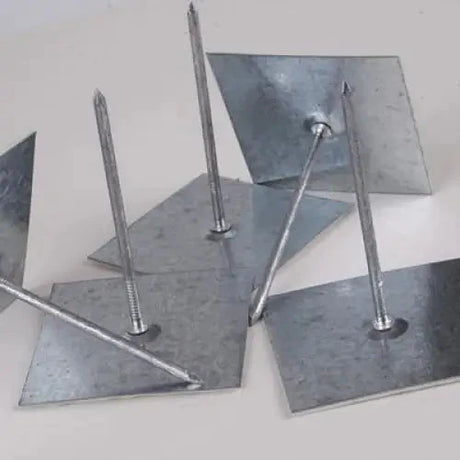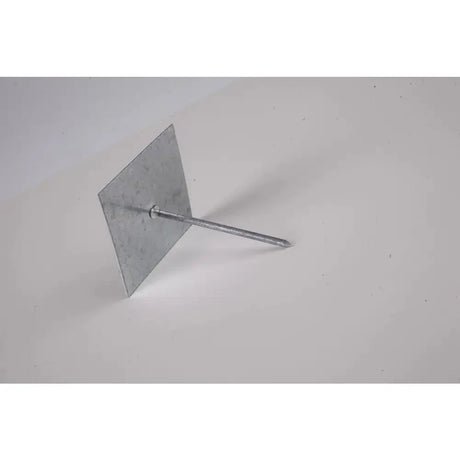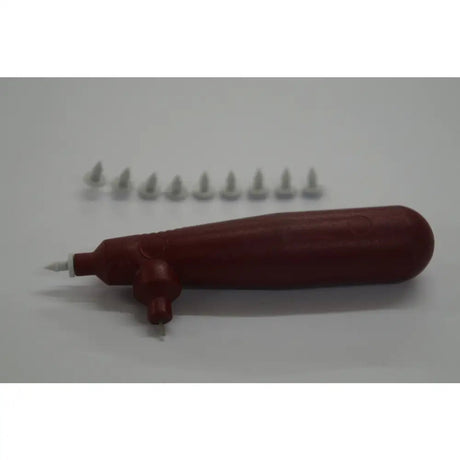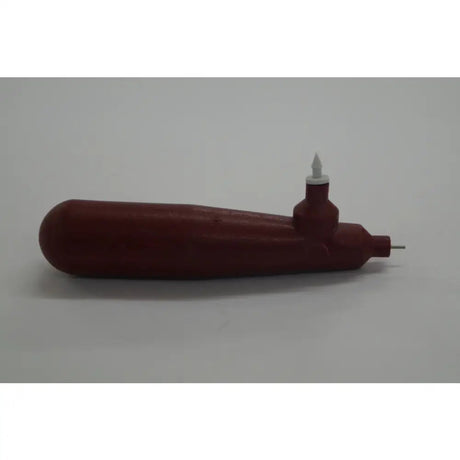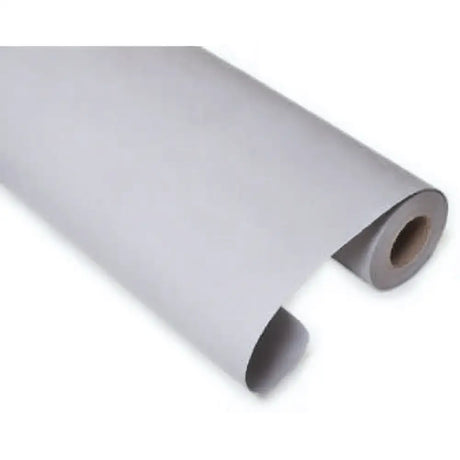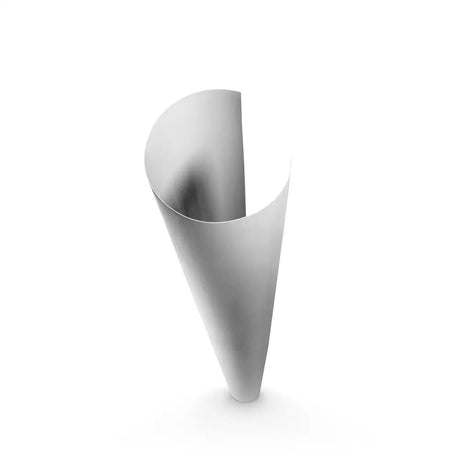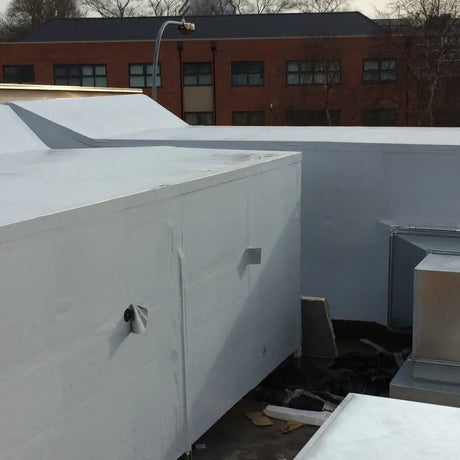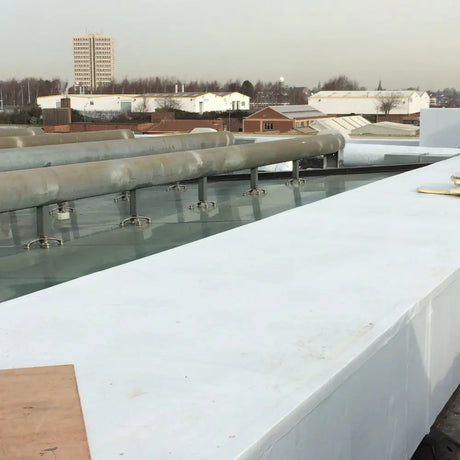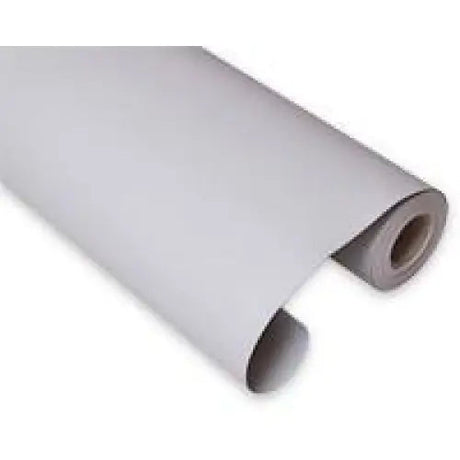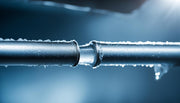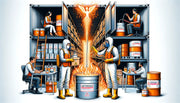From ensuring water pipes don't freeze over in the winter to keeping essential industrial processes functional, heat trace technology plays a critical role in a myriad of applications. But with exposure to the elements, particularly in outdoor or wet environments, how do these systems hold up?
Understanding Heat Trace Technology
Heat trace, also known as trace heating, is a system designed to compensate for heat lost through thermal insulation and maintain or raise the temperature of pipes and vessels. It’s a vital preventative measure against freezing or to maintain a certain fluidity of substances. But let's delve a bit deeper.
What is Heat Trace?
Imagine a world where winter's chill causes essential liquids to solidify in pipes or processes to slow down as contents cool. Heat trace is the technological hero that prevents such instances, essentially working as an electric blanket for pipes and vessels. It is made of heating cables that run along the length of these conduits, ensuring they remain at the optimal temperature, come rain, shine, or snow.
The Anatomy of a Heating Cable System
A typical heating cable system comprises a few key components, which include a heating element, a thermostat, and an insulation layer. Trace heating cables are the metaphorical heartbeats of the system, pulsing warmth throughout. Coiled around pipes or vessels, they transfer heat directly where it’s needed.
The Science Behind Heat Trace
Electrical resistance generates heat—that's the simple science behind heat trace systems. As electricity flows through the resistive material within the cables, it heats up, and this heat is then transferred to the pipe or vessel, which maintains the temperature at a pre-set level. It’s a seamless and, typically, a very efficient process.
Applications of Heat Trace Systems
Freeze Protection for Pipes
One of the most critical uses for heat trace is in freeze protection of pipes. By preventing the contents within from freezing, these systems avoid potential bursting or blockages, which can be costly and dangerous.
Roof and Gutter De-icing Applications
Winter brings with it the picturesque image of snow-capped roofs and iced-over gutters, but the reality is less than ideal for homeowners. Heat trace systems can be employed to de-ice rooflines and gutters, ensuring water can freely move away from the structure, preventing ice dam formation and subsequent water damage.
Maintaining Temperatures in Industrial Settings
In industrial settings, maintaining temperatures is not just about freeze protection but also about consistency in processes. Certain chemicals or materials need to be kept at stable temperatures to ensure proper flow and reaction rates, and trace heating systems ensure there are no cold spots that could disrupt the process.
The Waterproof Aspect
When discussing electrical systems, the term "waterproof" often incites a conversation of trust and skepticism. Yet, modern advancements in heat trace technology warrant confidence. Enter the dialogue around waterproofing and how it applies to heat tracing.
Defining Waterproof in Electrical Systems
The term 'waterproof' can sometimes be a source of confusion when it comes to electrical systems. Technically, it means that the product can be exposed to water without being damaged. However, waterproof does not mean it can be submerged indefinitely. This is where IP (Ingress Protection) ratings come in, providing a clear understanding of what level of exposure an electrical item can handle.
Types of Waterproof Heat Trace Systems
There are various types of heat trace systems, each with varying degrees of waterproofing. Self-regulating cables, for instance, can often withstand exposure to water and are frequently used in outdoor applications. However, constant-wattage and mineral-insulated systems might have different waterproofing capabilities that should always be checked against their IP ratings.
Ratings and Certifications: IP and NEMA
The Ingress Protection (IP) rating system is an international standard used to define levels of sealing effectiveness against intrusion from foreign bodies such as dirt and water. For example, an IP68 rating indicates total dust resistance and protection from long-term immersion under a certain pressure.
Similarly, the National Electrical Manufacturers Association (NEMA) in the United States provides a rating system that defines the types of environments in which an electrical enclosure can be used. An equivalent to IP68 in NEMA ratings would be type 6P, which indicates that the device is watertight even when submerged.
Installation Considerations
For successful application, a heat trace system must be installed correctly, especially in potentially wet conditions. Installation is not just about laying cables—it's an art that balances efficiency with safety.
Proper Insulation for Maximum Efficiency
The goal of installing a heat trace system is not just to provide heat, but to maintain it. Properly selected and applied insulation is key to this, helping to retain the heat where it’s needed most and prevent energy wastage. Insulation materials such as polyurethane foam work well alongside heat trace systems to ensure efficacy even in the face of external moisture.
Installation Best Practices for Wet Environments
Installation in wet environments requires particular attention to the waterproofing of connection points. Using the right adhesives and sealing products can make all the difference between a reliable system and one that's prone to failure. Furthermore, identifying areas prone to water ingress and reinforcing them with additional protection such as vapor barriers can drastically improve the longevity of the system.
Important: Following Manufacturer's Guidelines
Each heat trace system comes with its specific set of instructions which should be followed to the letter. These guidelines are crafted not only to ensure safety during installation but to meet warranty requirements and legal standards. For successful deployment, especially in damp conditions, abiding by these instructions is not optional—it's essential.
Maintenance and Duritability
Designing a system for durability is as crucial as selecting it for suitability. Once installed, heat trace systems require regular checks and maintenance to remain effective and safe, particularly in challenging weather conditions.
Routine Maintenance for Longevity
Regular maintenance might include inspections for any physical damage, testing of the electrical resistance of the trace heating cables, and verification that the thermal insulation is intact and dry. Where systems are not fully waterproof, maintenance becomes even more critical as the ingress of water can lead to failures.
Weatherproof Features of Heat Trace Systems
Many modern heat trace systems have built-in features designed to withstand adverse weather conditions, such as UV-resistant outer jackets and robust power connection points. These features contribute to the overall resilience of the system, ensuring it can provide reliable performance year after year, no matter the weather.
Corrosion Resistance in Heat Trace Components
Corrosion resistance is another key factor in the longevity of heat trace systems. Components often have an anti-corrosive coating or are made from materials that are less likely to degrade over time. This is particularly important for components that are exposed to the elements or chemicals that can lead to corrosion.
The first half of this exploration into the waterproof properties of heat trace systems has laid the groundwork, delving into the mechanics, applications, and essential considerations related to installation and maintenance. With the right heat trace solution, waterproof or weatherproof, and proper setup, these systems can offer invaluable freeze protection, temperature maintenance, and peace of mind in wet and challenging environments.
Heat Trace in Outdoor and Wet Environments
Though many heat trace systems are robust and weather-resistant, extreme outdoor and wet environments pose unique challenges that demand strategic planning and thoroughly vetted products.
Outdoor Applications and Challenges
Outdoor installations require heat trace systems built to withstand fluctuating temperatures, precipitation, and even direct sunlight. For these scenarios, durability isn't optional—it's a necessity. The characteristics of the heating cables, such as UV resistance and the ability to endure the expansion and contraction of structures due to temperature changes, are factors that must be carefully considered.
How Heat Trace Copes with Moisture and Water Exposure
Heat trace technology has evolved to address the reality of moisture and water exposure. With innovations such as water-resistant jackets and hydrophobic materials, cables are now better equipped to handle wet conditions. Additionally, for environments prone to significant water exposure, self-regulating cables can adapt their output to meet the needs of the application, ensuring safety and efficiency.
Ensuring Moisture Protection: Key Features
The key to ensuring moisture protection lies in the combination of cable design and supplementary products. Elements such as vapour barriers and specialized fixings and accessories close gaps that could otherwise allow moisture ingress, while corrosion-resistant connectors add another layer of defense against water damage.
Special Considerations
Beyond the standard applications, there are environments and situations that necessitate additional precautions and tailored solutions for heat trace systems.
Heat Trace in Hazardous Locations
In locations deemed hazardous due to the potential presence of flammable gases or combustible dust, heat trace systems must not only be waterproof but also explosion-proof. This is where meticulous design, choice of materials, and compliance with strict safety standards are paramount.
Thermal Management Systems and Water Resistance
When thermal management systems are employed, the blend of controlling temperatures and mitigating water ingress can be particularly complex. These systems display an interplay between maintaining operational temperatures and ensuring that any elements exposed to moisture do not become a liability.
Selection Criteria for Wet Area Usage
The suitability of a heat trace system for usage in wet or damp areas is governed by a set of selection criteria that encompass more than standard specifications. These include power output characteristics, the thermal properties of the heated material, the required temperature maintenance levels, and the environmental conditions the system will face.
Troubleshooting and Safety Tips
With the intersection of electricity and water, safety is always a focal concern. And with safety, comes the need for careful troubleshooting.
Common Installation Mistakes to Avoid
A poorly executed installation can render even the best heat trace system ineffective. Common missteps include using incorrect types of adhesive or tape for fixing, not following the recommended spacing or overlap requirements, and neglecting the routing and positioning of cables, which can lead to inefficient heating or even safety hazards.
Safety Precautions with Electricity and Water
When working with electrical systems in proximity to water, it is vital to take precautions such as ensuring all installations are grounded, employing GFCI (Ground-Fault Circuit Interrupter) devices, and regularly testing your system for any faults. Furthermore, using correctly rated enclosures and sealants can mitigate risks and enhance system longevity.
Troubleshooting Tips for Water Exposure Issues
Should a system malfunction or exhibit signs of water ingress, troubleshooting must be prompt and effective. This may include visual inspections for breaches in the insulation, electrical continuity tests to identify faults, and consulting manufacturer’s diagnostics to pinpoint the issue. Timely response to these issues can prevent more significant system failures.
Conclusion
In this comprehensive exploration of heat trace systems and their relationship with water, what emerges is a field marked by innovative solutions to challenging environmental conditions. From installation and maintenance considerations, through to troubleshooting and safety, the final assertion is clear: with careful selection and adherence to best practices, heat trace can indeed be waterproof, providing enduring performance in both industrial and residential applications.
FAQs About Heat Trace and Waterproofing
Is Heat Trace Safe for Use in Rainy Areas?
Absolutely, with suitable waterproof ratings and correctly installed enclosures, heat trace systems can safely operate in rainy conditions.
How to Protect Heat Trace Systems from Water Damage?
Protective measures include proper installation, using the correct types of waterproof insulation and duct insulation, and routine system checks to ensure any vulnerabilities are addressed before they become a problem.
Can Heat Trace Systems Be Submerged?
Some heat trace systems, particularly those with high IP ratings, are designed to withstand temporary submersion, but generally, continuous immersion is not recommended unless the system is specifically rated for such conditions.
Tips for Choosing the Right Product for Your Needs
Consider factors such as the environmental conditions the system will face, the required heating output, and the water resistance properties of different products to ensure the selected heat trace meets all the necessary criteria.
| Key Takeaways | Description |
|---|---|
| Heat Trace Technology | Electrical systems providing warmth to pipes and vessels to maintain temperature and prevent freezing. |
| Applications | Varied and include freeze protection for pipes, roof and gutter de-icing, and maintaining industrial process temperatures. |
| Waterproofing Explained | Describes a product's ability to resist water ingress, often measured by IP and NEMA ratings. |
| Outdoor and Wet Conditions | Heat trace systems must be waterproof or water-resistant, with features such as UV-resistant jackets and hydrophobic materials. |
| Installation Best Practices | Ensures efficiency and safety, with adherence to insulation standards, manufacturer guidelines, and proper sealing techniques. |
| Maintenance and Longevity | Involves routine inspections and addressing weatherproof and corrosion-resistant features to maintain functionality. |
| Considerations for Harsh Environments | Special features such as explosion-proof capabilities and robust construction materials are necessary in hazardous locations. |
| Selection Criteria | Includes power output, thermal properties, temperature maintenance requirements, and environmental conditions. |
| Product Reviews and Recommendations | Consumer reports and brand reviews guide the choice of waterproof heat trace solutions. |
| Troubleshooting and Safety | Prioritize correct installations, ground systems, and use GFCI devices to prevent and address water exposure issues. |
| Submersion of Heat Trace Systems | Some systems can handle temporary submersion with high IP ratings; however, continuous immersion should be avoided unless explicitly designed for it. |
| Advice for Consumers | Choose based on necessary criteria such as environment, heating output, and waterproof properties to find the ideal heat trace solution. |


